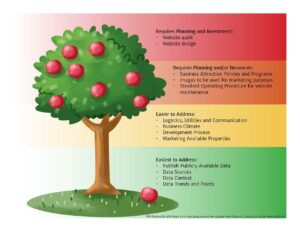Don’t teach your children to fish. Teach them to code.
The landscape has shifted beneath our feet. Again. We were aware of it to the point that it affected our daily lives; which means that for most, it was an interesting factoid that came up in our twitter newsfeeds. Many still don’t know what even happened or why it matters.
3D printers began to create food. Or, “food” if you prefer. Either way, an edible food-like product is no longer just available on the shelf of an average grocer; it is now available “hot” off the press. Human technology has come a very long way since Guttenberg’s original printing press made its debut in 1450. Just as Gutenberg’s contraption sparked social and economic revolution (and fueled many more), the 3D printer has the promise of social and economic upheaval hidden within its very code.
Imagine having access to almost anything you want – almost anything – with no need to rush out to the store to get it. Just print it. Think about that.
Think about every job that a general merchandiser supports. Textile manufacturers, plastic molders and assemblers, metal fabricators, shipping and transportation…everyone that is part of producing and distributing the goods to the store – and then, of course, there is the store itself. Consider all of this, and prepare to lose a fair number of those jobs to the revolutionary home 3D Printer. Think also about the food system in America. Think about fast food, “slow food” and everything in between. Think about food pantries and commercial kitchens and food incubators. How will this revolution affect them? What kind of world will we face in 50 years?
All of this is both amazing and intimidating.
While it is also mere conjecture, there are folks writing for the Harvard Business Review and the Huffington Post that seem to agree that 3D printing will permanently change the economic landscape. And printed food? It isn’t something new in the lab – it is all the rage at food shows, is trending in the industry, being contemplated to end world hunger, and is being utilized as a real solution for feeding the elderly in Germany today.
What 3D printers could mean for the global economy (and the Economic Development profession) is staggering. Economic Developers exist to increase tax base and support wealth creation for the constituencies that we serve. With the normalization of 3D printing (even now, basic versions sell for less than $200), means that the way that we measure our work – historically in jobs numbers, square feet of new development, business investment dollars, and tax base growth – will become less relevant.
How to win in the New Economy
Economic Development practitioners have become increasingly aware of the market efficiencies caused by the growth of technology across sectors, and the subsequent contractions in footprint and job growth that result. To account for this shift, alternative metrics, such as income and population (via migration) growth, have become part of a new narrative for measuring success for EDOs.






